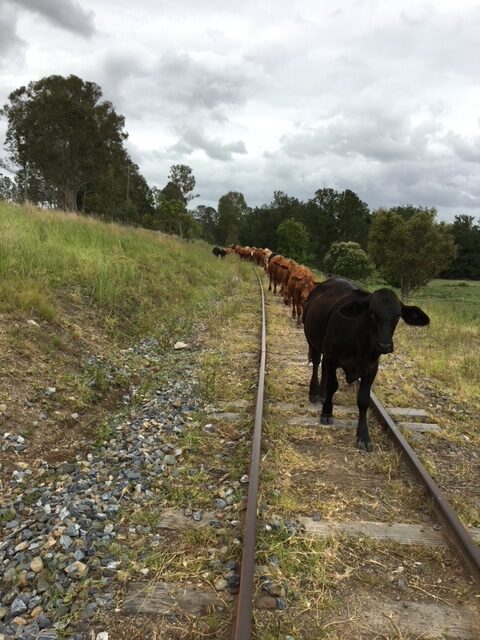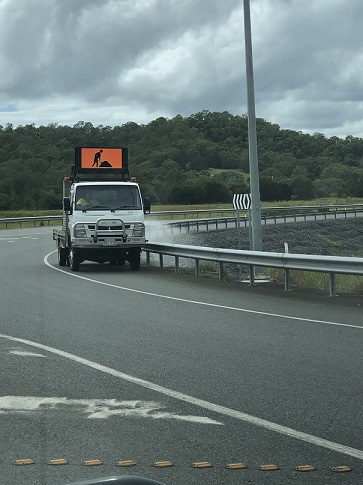Roadsides, parks, footpaths and utilities are primarily “maintained” using poison. We have become used to seeing large areas around our signposts and guideposts “browned out” prior to roadside mowing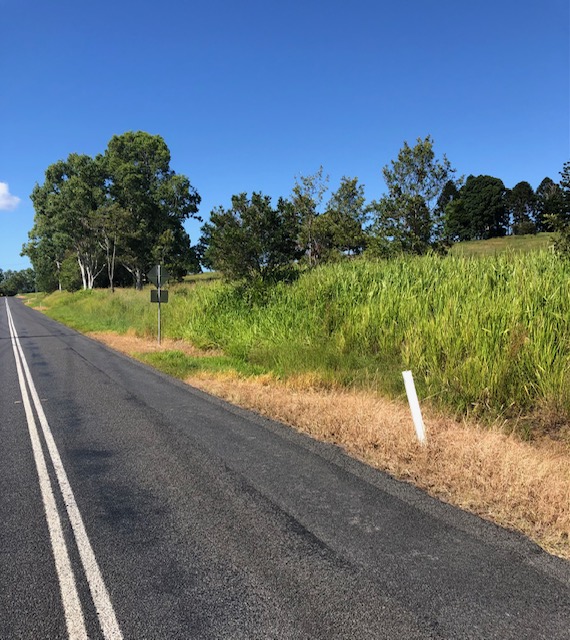 while spraying edges of footpaths, culverts, traffic islands, railway tracks and so on is seen by many as an indicator of “good management” and a necessity of “safe” modern life.
while spraying edges of footpaths, culverts, traffic islands, railway tracks and so on is seen by many as an indicator of “good management” and a necessity of “safe” modern life.
However Huston, we have a few problems…
-
- Whilst spraying in these urban applications, much of the poison is landing on non-porous surfaces rather than the “target area”-soil.
- Australia’s population is almost entirely centered close to fragile aquatic areas, river systems and coastline AND
- A little issue called “legal liability” is entering the periphery of Boardrooms and Council Chambers as a result of the 125,000 claims (as of 2021) against “Roundup” alone and it’s potential link to cancer for workers using that product and the public exposed to it.
So while Agriculture is often seen as the culprit in degenerative practices like herbicide use, from a marine runoff point of view, pertinent in our high rainfall climate with our close proximity to the many high value aquatic regional assets Gympie possess (including the GBR), studies show that urban chemical runoff contributes 94 times more than agricultural runoff*! Put simply, 80% of applied herbicide in urban applications is washed off “hard surfaces” like concrete, rocks & bitumen within the first few mm of rainfall ending up in the marine environment. **
There are of course technological solutions to vegetation management in urban (and rural) areas to eliminate these poisons. These have been on show at the Agvention field days run at Kandanga in past years; however, what about those “low tech” solutions that might be right under our noses?

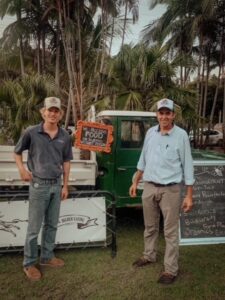 Fergus Kane, a year 12 student from Noosa Pengari Steiner School is furthering his skills and knowledge of ecology and regenerative agriculture with a novel approach to removing chemicals from the management of one the region’s premier tourist attractions- the Mary Valley Rattler rail corridor.
Fergus Kane, a year 12 student from Noosa Pengari Steiner School is furthering his skills and knowledge of ecology and regenerative agriculture with a novel approach to removing chemicals from the management of one the region’s premier tourist attractions- the Mary Valley Rattler rail corridor.
Linda Barry, CEO of the Rattler Railway Company said. “We are looking for any solution that manages risk for our staff, passengers and neighbors and while we acknowledge that this is only a small step, we hope it’s a step in the right direction”.
Fergus is using high-density, short duration cattle grazing practices to manage vegetation growth along a small portion of Mary Valley Rattler train line near Dagun. The purpose of this trial is to test the viability of livestock grazing on the rail corridor as a form of alternative vegetation management. The study forms the basis of his Class 12 project which is a major component of the curriculum at Noosa Pengari Steiner School.
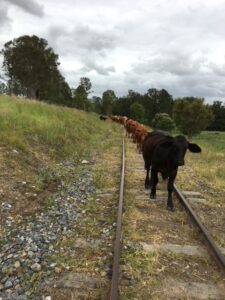
“I have always looked at roadsides and other areas of vegetated land and wondered why they could not be utilized to graze stock.” “With my project I would like to bring forth the idea of managed grazing in different public areas, encouraging producers to think outside the square of how they run their animals and councils or public asset managers as to how they get away from chemicals” Said the “Rattler Ringer”.
The project runs from February to November 2023 in 3 X 100m segments of the track fronting a K2 Organic Beef fattening block on the beautiful Amamoor creek. One segment is used as a “control” where manual maintenance will continue, while the other two (about an acre each) have grazing intervals and densities measured with ecological verification before and after the project.
While the project will be evaluated on it’s cost savings, practical outcomes and environmental impact, Fergus’ project has an eye scalability by integrating tech and finding solutions for watering and fencing both for the 42km rail corridor and potentially for the millions of acres of public land across Australia currently unused for production and “managed” using degenerative practices like spraying and burning – all financed from the public purse.
“I believe that this project is important because it aims to reduce the amount of harmful pesticides used in the area, reduces maintenance costs for the Mary Valley Rattler, and gives existing farmers or aspiring ones who don’t yet own land, the opportunity to utilise more land to feed their herds,” Added Fergus.
Follow the “Rattler Ringer” on Instagram: @the_rattler_ringer
Sources:
*Botta F et al 2009
**Allender1991
